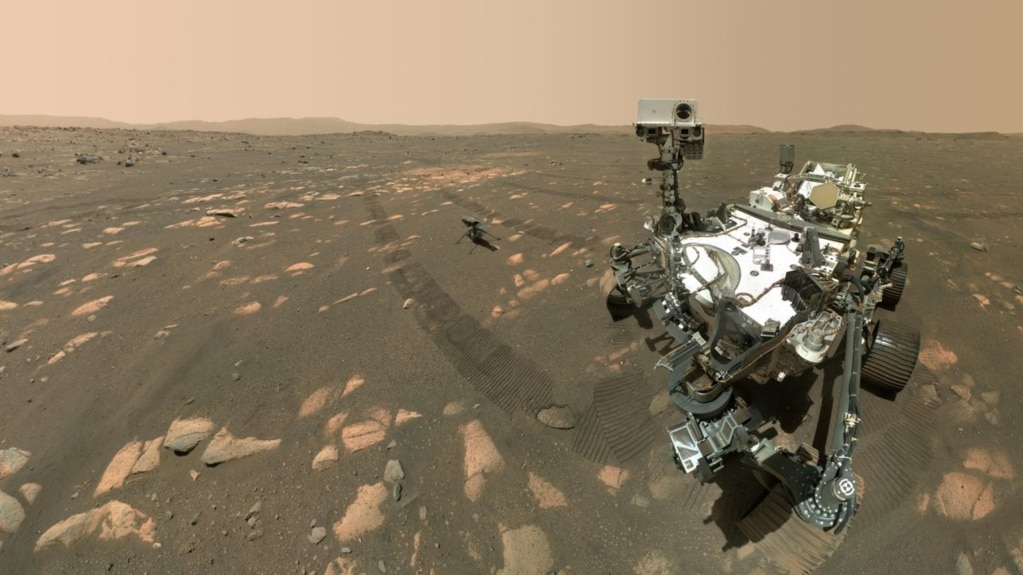The American space agency NASA says it is seeking a faster, less costly plan to transport Martian rock samples to Earth.
The search for a new plan comes after an independent review board offered its opinions on the agency’s Mars Sample Return program. In addition, NASA has recently faced deep budget cuts that could affect the agency’s many science missions.
NASA Administrator Bill Nelson said that results of the independent review had persuaded the agency to reconsider the sample return effort. The goal is to seek ideas and advice from others on how to reduce mission costs and shorten the sample return date.
NASA established the independent review board in May 2023 to closely examine the Mars Sample Return program. The board estimated the total cost of the mission to be between $8 billion and $11 billion. The Martian samples would likely not arrive on Earth until 2040.
NASA had estimated the total mission cost at $5 billion to $7 billion, with the sample return set for the early 2030s.
The review board also said it found the Sample Return mission to be "organized under an unwieldy structure." Unwieldy describes something that is difficult to deal with because it is large or complex.
Recent budget issues at NASA led the agency to cut hundreds of jobs earlier this year at its Jet Propulsion Laboratory (JPL) in California. NASA’s Mars exploration teams operate at the JPL.
NASA’s Perseverance explorer, or rover, has been collecting rock and soil samples around Mars’ Jezero Crater area since 2021. NASA officials have said it is important that the samples are brought to Earth for detailed study. Scientists say the samples could lead to new evidence about whether life existed on Mars.
Perseverance has used its robotic equipment to collect 24 Martian samples so far. NASA’s earlier plan called for the rover to gather 30 samples to be transported to Earth. The samples are kept inside secure titanium containers to protect them from the severe conditions on Mars.
NASA had planned to pick up the materials by sending a spacecraft to Mars. But the spacecraft would then have to launch from the surface of Mars to join up with another orbiting spacecraft. That spacecraft would then bring them to Earth. The operation would be a joint mission between NASA and the European Space Agency (ESA).
NASA chief Nelson said the independent review’s cost and target date estimates showed the agency should aim to do better. NASA has suggested it wants to bring at least some of the samples to Earth sometime in the 2030s for no more than $7 billion.
"The bottom line is an $11 billion budget is too expensive, and a 2040 return date is too far away," Nelson said. He added he has asked private industry experts and other groups within NASA to help come up with other possibilities.
NASA’s science mission chief, Nicky Fox, said the search for new solutions would center on "innovation and proven technology," rather than on major new experimental proposals.
Fox did not provide an estimated date for when the samples might arrive on Earth. She said that date, along with any information on the number of samples to be transported, will only be included in future mission proposals.
"We’ve never launched from another planet, and that’s actually what makes Mars sample return such a challenging and interesting mission,” Fox said.
Scientists want to closely examine the Mars material in their own laboratories in an effort to confirm any evidence of microscopic life dating back billions of years. Strong evidence has already demonstrated that water likely flowed freely in Mars’ distant past. NASA officials have said the samples may also help the agency decide where to send astronauts in possible missions to Mars.
Nelson expressed hope that the brightest minds at NASA, JPL and private space companies would find the right solution.
"These are folks who can figure out rather difficult things," he said.
I’m Bryan Lynn.

